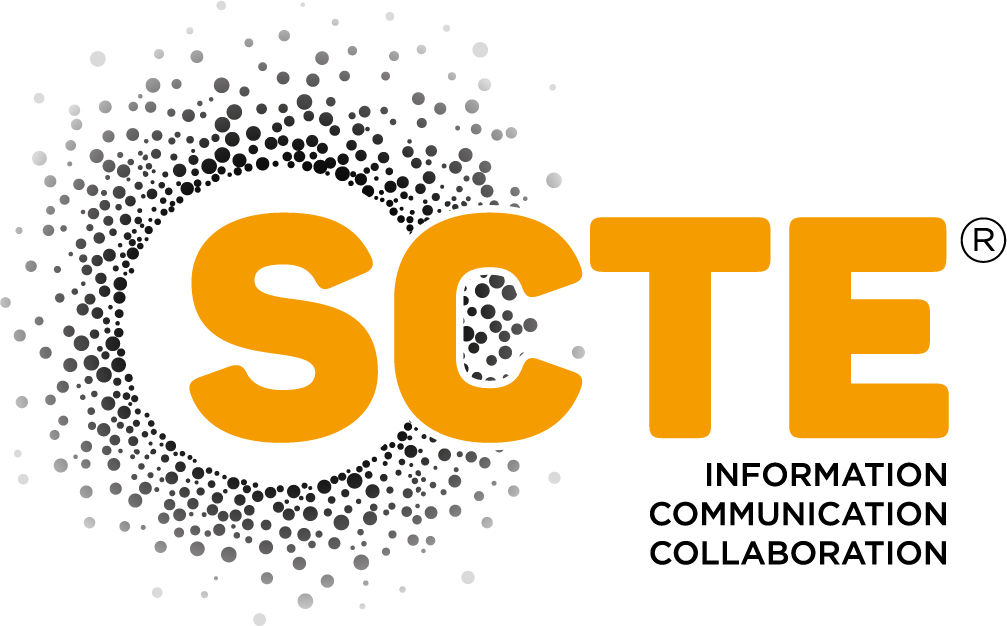IBC2023 Tech Papers: DVB-I service delivery over 5G Systems

IBC2023: This Technical Paper examines how services described and packaged for delivery according to DVB standards can be carried over LTE- and NR-based 5G networks and how to support these service scenarios.
Abstract
The convergence of Internet-based media delivery and traditional broadcasting presents an opportunity to separate the way services are described and discovered from the technologies used to deliver them. At the same time, recent 5G standards published by 3GPP allow linear television and radio services to be delivered over unidirectional and bidirectional 5G mobile networks. This paper examines how services described and packaged for delivery according to DVB standards can be carried over LTE- and NR-based 5G networks.
The combination of DVB-I service discovery metadata with DVB-DASH service delivery is described in the context of three key service scenarios: standalone delivery over 5G Broadcast, unicast delivery assisted by 5G Media Streaming and hybrid scenarios where broadcast and unicast delivery are combined in different ways. A generic reference architecture to support these service scenarios is also presented.
Introduction
As well as defining Service Information for describing linear services available over digital broadcast networks and for populating Electronic Programme Guides (EPGs), the DVB Project has more recently specified an XML-based format for discovering linear and related on-demand services available via broadcast and/or IP-based networks, as well as accompanying programme metadata [0]. These are referred to as DVB-I services.
In July 2021, the DVB Project approved Commercial Requirements for supporting the carriage and description of DVB-I services over 5G networks and systems [1]. The document not only provides a set of 70 technical and procedural requirements, but also introduces key elements of 5G networks and systems related to media distribution including 5G Broadcast, 5G Media Streaming and other ongoing standards activities in 3GPP. LTE-based 5G Broadcast (as defined in ETSI TS 103 720 [2]) provides all functionalities to operate classical TV services, including receive-only mode, free-to-air, and high-power high-tower network infrastructures.
5G-based technologies enable content and service providers to access mobile devices, typically interfacing with installable apps. 5G-based distribution to other types of receivers, such as moving vehicles, devices connected to roof-top mounted antennas or 5G-based home gateways, is also enabled. A particular benefit of DVB-I services over 5G is the ability to support integrated DVB-I hybrid services, i.e., services for which the basic broadcast distribution is augmented with unicast for extended service coverage, lower distribution costs, improved quality, and additional user experiences.
In January 2022, the DVB and 5G-MAG (5G Media Action Group) approved the formation of a joint Task Force on DVB-I over 5G with the goal to develop a Technical Report (TR) documenting deployment guidelines for DVB-I service delivery over 5G Systems. This paper provides an overview of the Technical Report which, at the time of writing, is due for publication mid-2023 as ETSI TR 103 972 [3].
Read the full article

Sign up to IBC365 for free
Sign up for FREE access to the latest industry trends, videos, thought leadership articles, executive interviews, behind the scenes exclusives and more!
Already have a login? SIGN IN

















